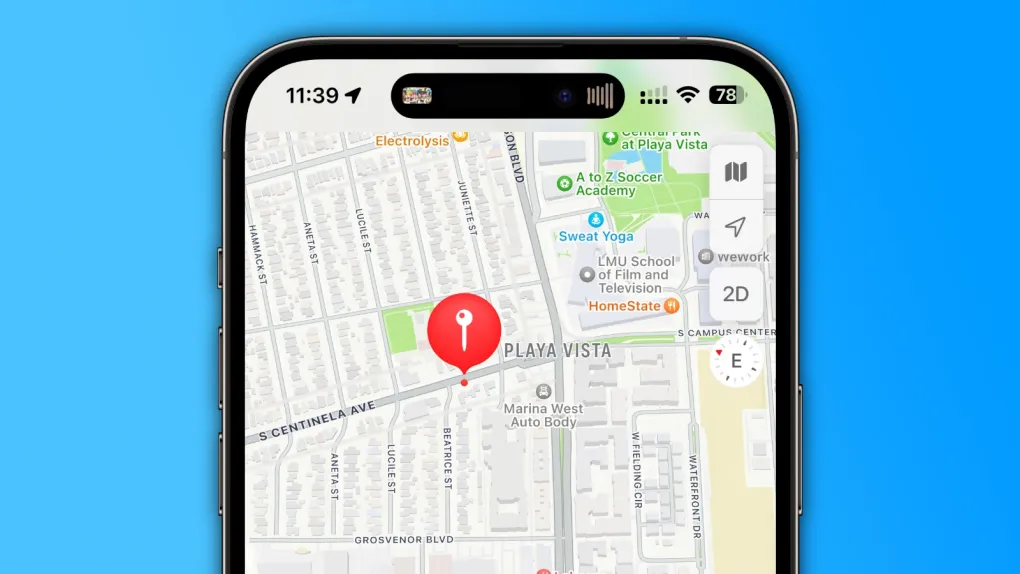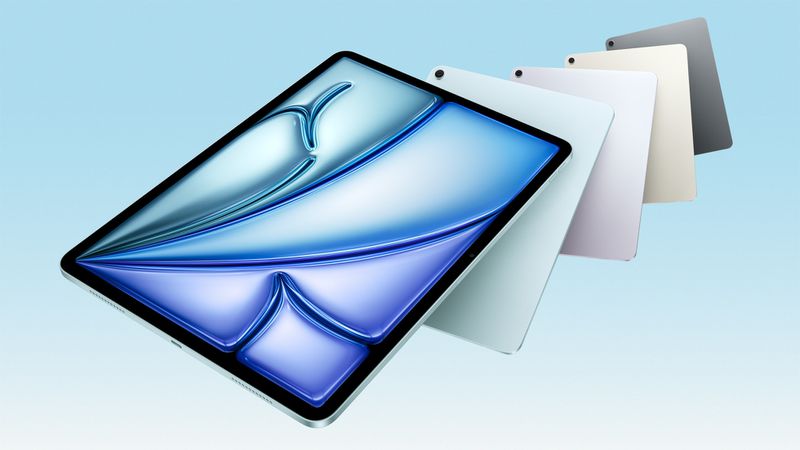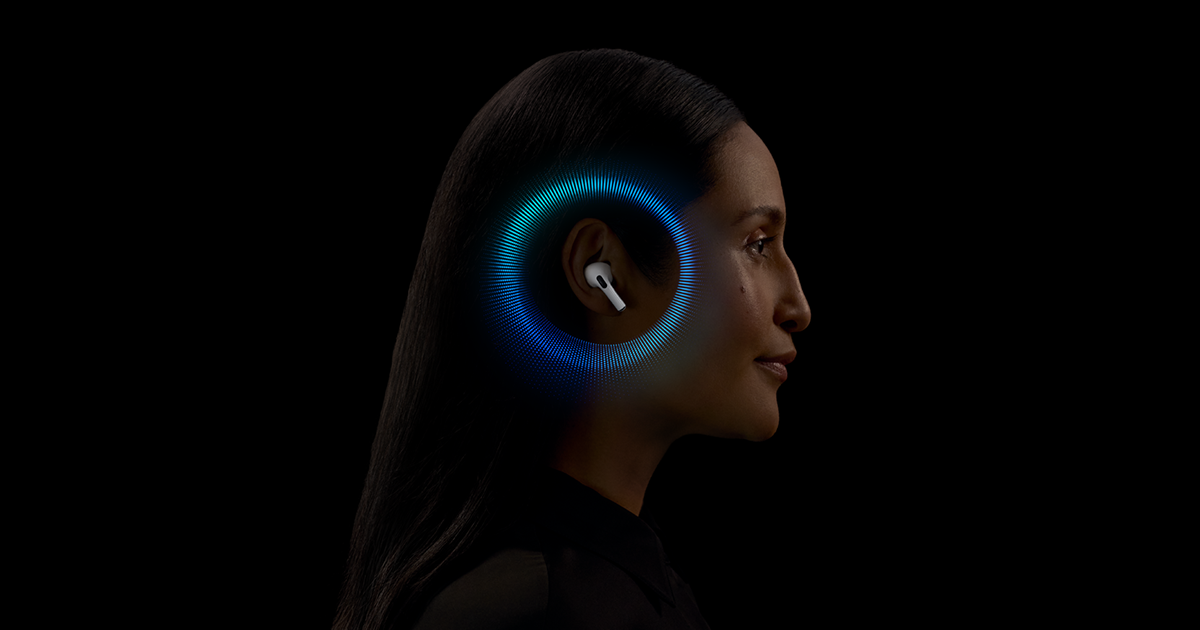Apple is making big moves to improve Siri with its Apple Intelligence features. By June 2025, at the WWDC25 event, we’ll see Siri become more helpful and natural to use. This upgrade is part of iOS 19, and it’s all about making your iPhone experience smoother.
Siri will soon understand you better, thanks to smarter language skills. It’ll pick up on what you mean, even if you stumble over words or switch topics mid-sentence. Imagine asking Siri to plan your day, and it pulls info from your emails, calendar, and messages—all without you spelling it out. That’s the goal!
The update also ties Siri closer to your apps. It’ll dig into Photos, Notes, or Maps to find answers fast. Want a recipe from a note you saved last month? Siri’s got it. Plus, it’ll team up with ChatGPT for trickier questions, so you get spot-on replies.
Apple’s keeping your info safe, too. Most of Siri’s work happens right on your phone, not in the cloud, so your data stays private. For bigger tasks, Apple’s secure servers step in, but they promise no snooping.
This isn’t just a small tweak—iOS 19 and WWDC25 are set to show off a Siri that feels like a real assistant. From handling daily chores to answering tough questions, Siri’s about to get a lot more useful. Get ready for a smarter iPhone life!







